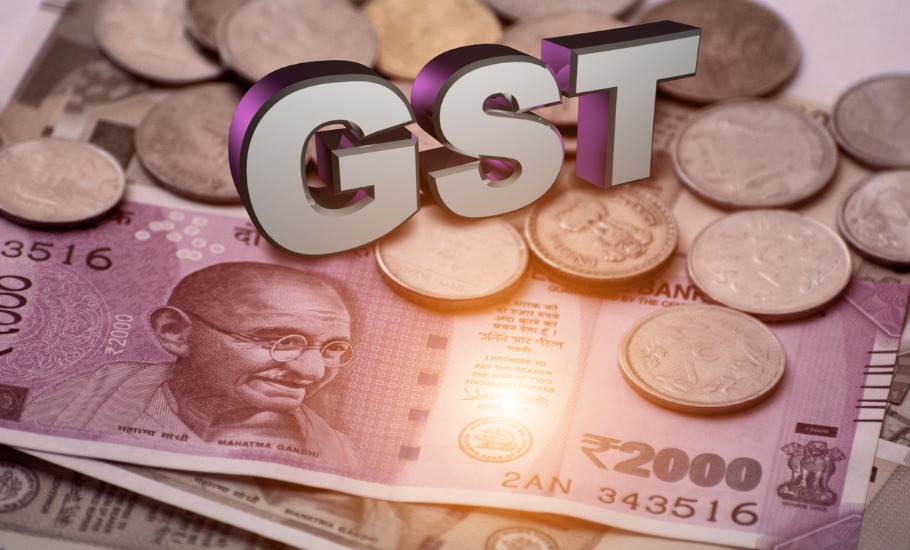
Graphic: October GST hits ₹1.3 lakh crore, second-highest ever
The gross GST collections went up more than ₹1.3 lakh crore in October, the second highest for a month after April 2021’s 1.41 lakh crore, since the tax scheme was introduced.

The gross GST collections went up more than ₹1.3 lakh crore in October, the second highest for a month after April 2021’s 1.41 lakh crore, since the tax scheme was introduced.
Last month’s collections were 24% more than that of the same period last year.
“The gross GST revenue collected in the month of October 2021 is Rs 1,30,127 crore of which CGST is Rs 23,861 crore, SGST is Rs 30,421 crore, IGST is Rs 67,361 crore (including Rs 32,998 crore collected on import of goods) and Cess is Rs 8,484 crore (including Rs 699 crore collected on import of goods),” a statement by the finance ministry said.
The GST collection in September was Rs 1.17 lakh crore.
This has raised hopes of a strong economic recovery following the Covid-19 pandemic.
“The revenues would have still been higher if the sales of cars and other products had not been affected on account of disruption in supply of semi-conductors,” the government said in the statement.
Also read: GST Network could face action for providing ‘incorrect’ info under RTI
The government settled ₹27,310 crore to CGST and ₹22,394 crore to SGST from IGST as regular settlement. The total revenue of Centre and the States after regular settlements in October is ₹51,171 crore for CGST and ₹52,815 crore for the SGST.
Revenues from import of goods and from domestic transactions showed growth of 39% and 19% over the same period last year, resulting in a significant change in the total GST collections.
The government has also taken a number of measures, including ensuring tax compliance, plugging tax evasion, restricting fake Input Tax Credit claims, which helped the government to shore up its revenues.
Indian manufaturing sector too has shown a significant growth in October as production improved on anticipated growth in demand.

